Ever opened your fridge to a science experiment? Leftovers can be both a blessing and a curse. They’re convenient for busy days but can turn against you if not handled properly. Some foods become downright dangerous when stored too long, frozen inappropriately, or reheated multiple times. In this playful guide, we’ll explore fourteen common leftovers that might surprise you with their mischievous nature. Whether it’s ruining texture, losing flavor, or even posing health risks, these leftovers are better off skipped the next day. Join us in this culinary adventure as we navigate through the dos and don’ts of leftover storage.
Rice
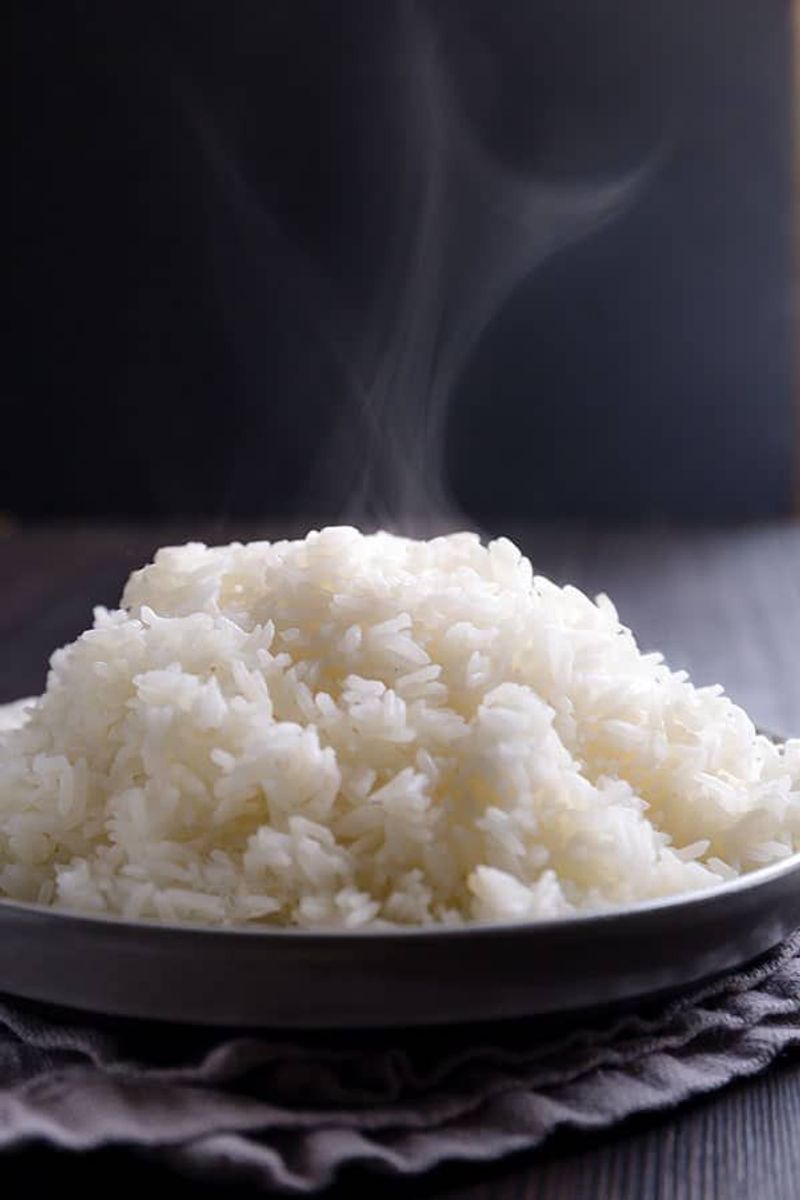
Ah, rice, the staple of many diets, yet deceptive in its simplicity. Many don’t realize that cooked rice, when left at room temperature, becomes a breeding ground for Bacillus cereus. This sneaky bacteria can cause food poisoning.
Contrary to popular belief, refrigerating rice isn’t a foolproof solution. The bacteria’s spores can survive! When reheated, the texture becomes unpleasantly dry and clumpy.
For best practices, consume rice immediately or within two hours of cooking. If you must store, cool it quickly and refrigerate, but remember to consume within a day. Isn’t it delightful how something so plain can be so tricky?
Potatoes
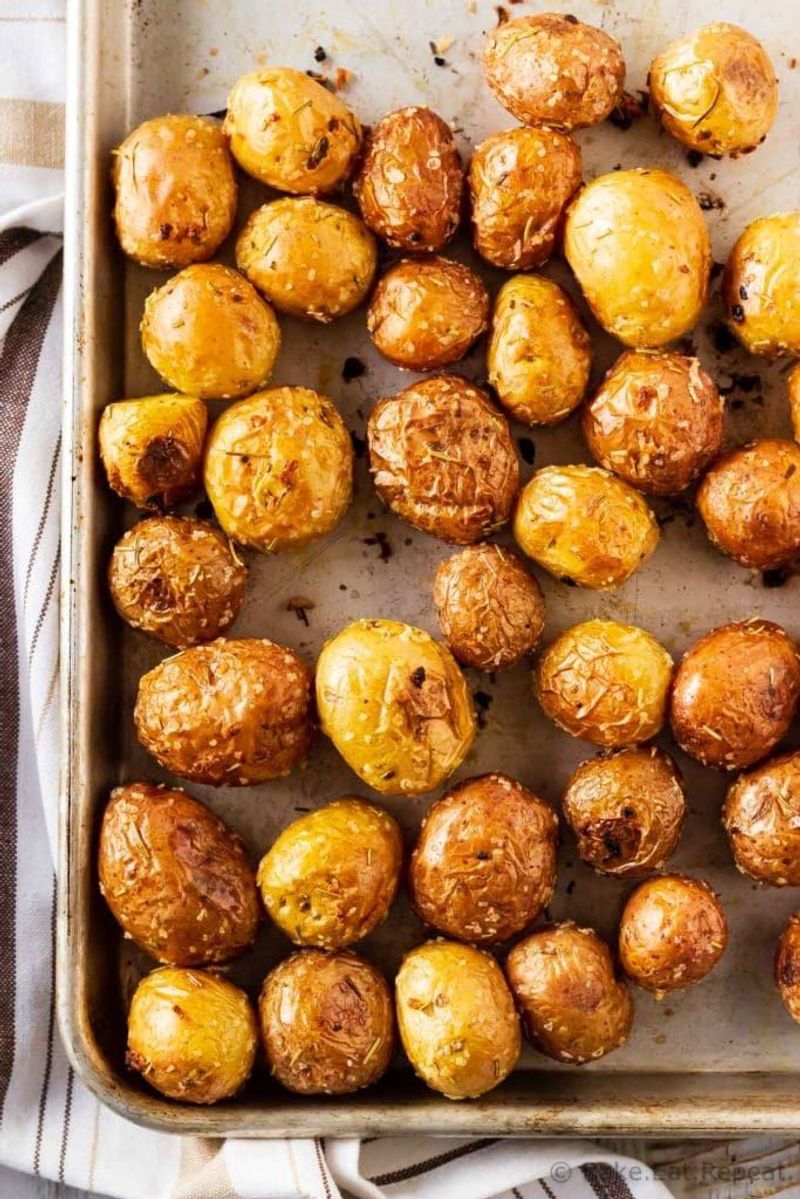
Everyone loves a good spud, but reheated potatoes might not love you back. When left at room temperature, cooked potatoes can develop Clostridium botulinum, a bacteria that produces a harmful toxin.
Using foil to wrap them can trap moisture and create an anaerobic environment. Even refrigerating doesn’t eliminate all risks.
Opt for eating your mashed, roasted, or baked potatoes immediately. If leftovers persist, cool them quickly and store uncovered in the fridge. Relish your next potato dish fresh, and the spud will stay your friend.
Chicken
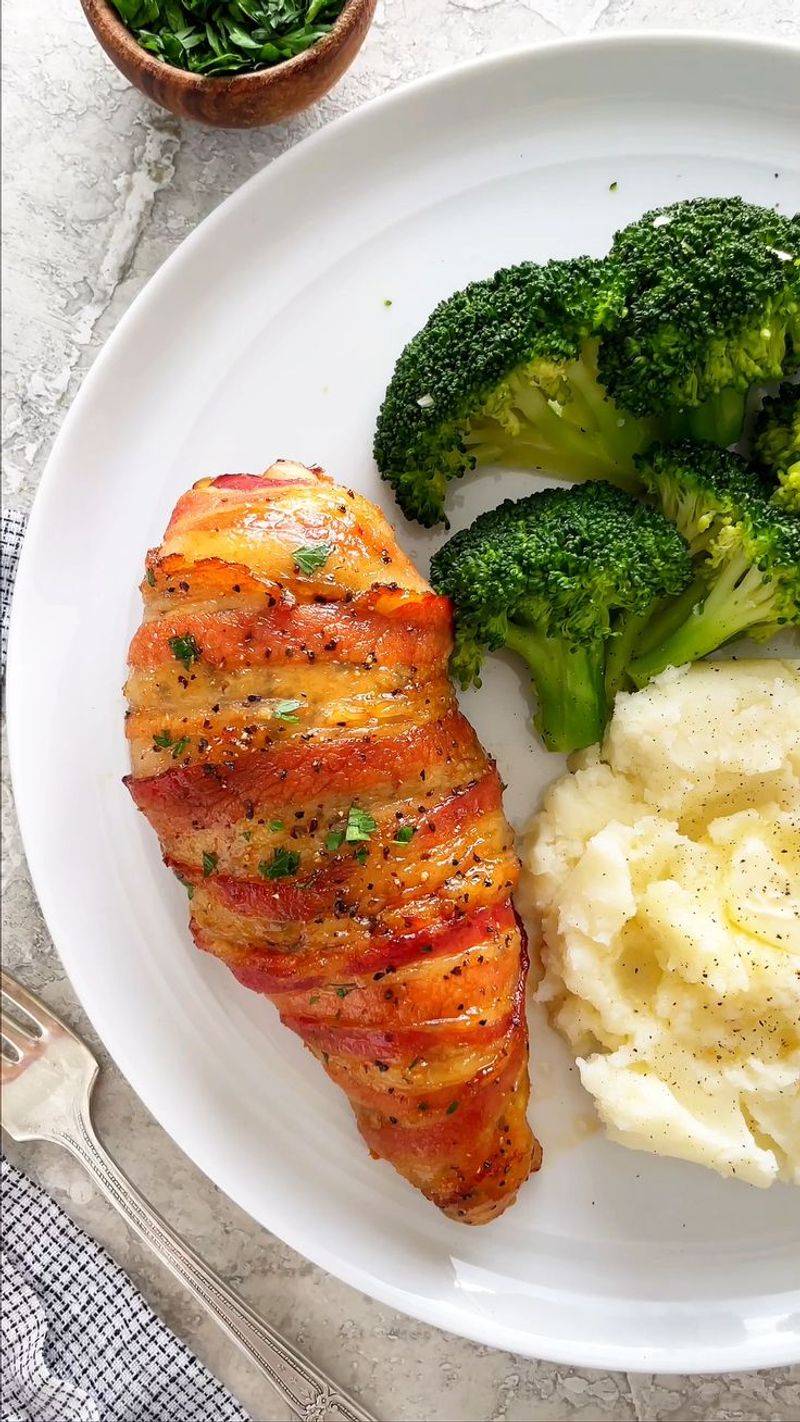
The beloved chicken breast, a protein favorite, can become troublesome when it comes to leftovers. Reheating chicken can lead to a tough, rubbery texture that’s far from appetizing.
There’s also the lurking danger of Salmonella or Campylobacter if the chicken isn’t stored properly.
Let cooked chicken cool quickly, refrigerate promptly, and consume within two days to ensure safety and flavor. While it’s tempting to store extra, fresh is always best in the poultry world.
Pasta
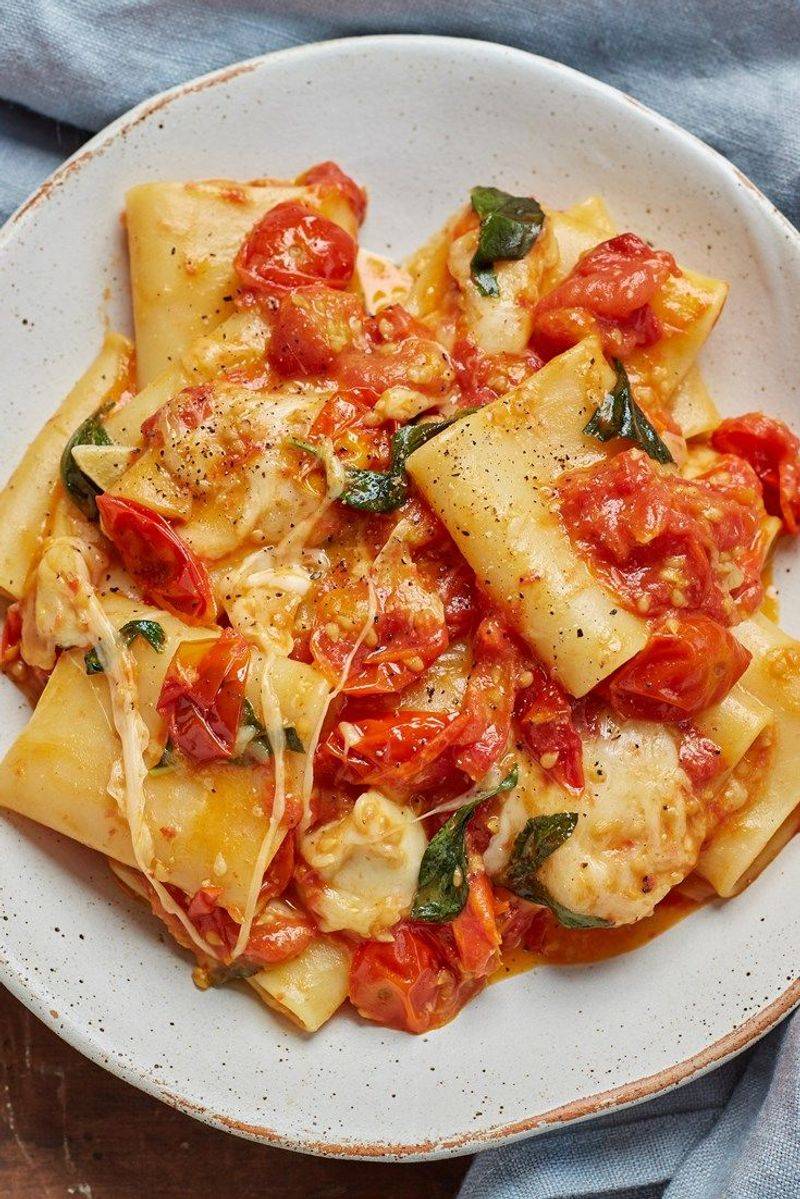
Pasta is the quick dinner hero, but its leftover version often falls short. Who hasn’t microwaved a bowl of pasta only to find it mushy and unappealing? The starch in pasta continues to absorb moisture and expand, leading to a gloopy mess.
Refrigerating or freezing doesn’t help; it merely solidifies the texture issues.
For the best pasta experience, cook only what you need. If leftovers are unavoidable, consider transforming them into a cold pasta salad instead. A fresh twist on a classic dish can save the day.
Eggs
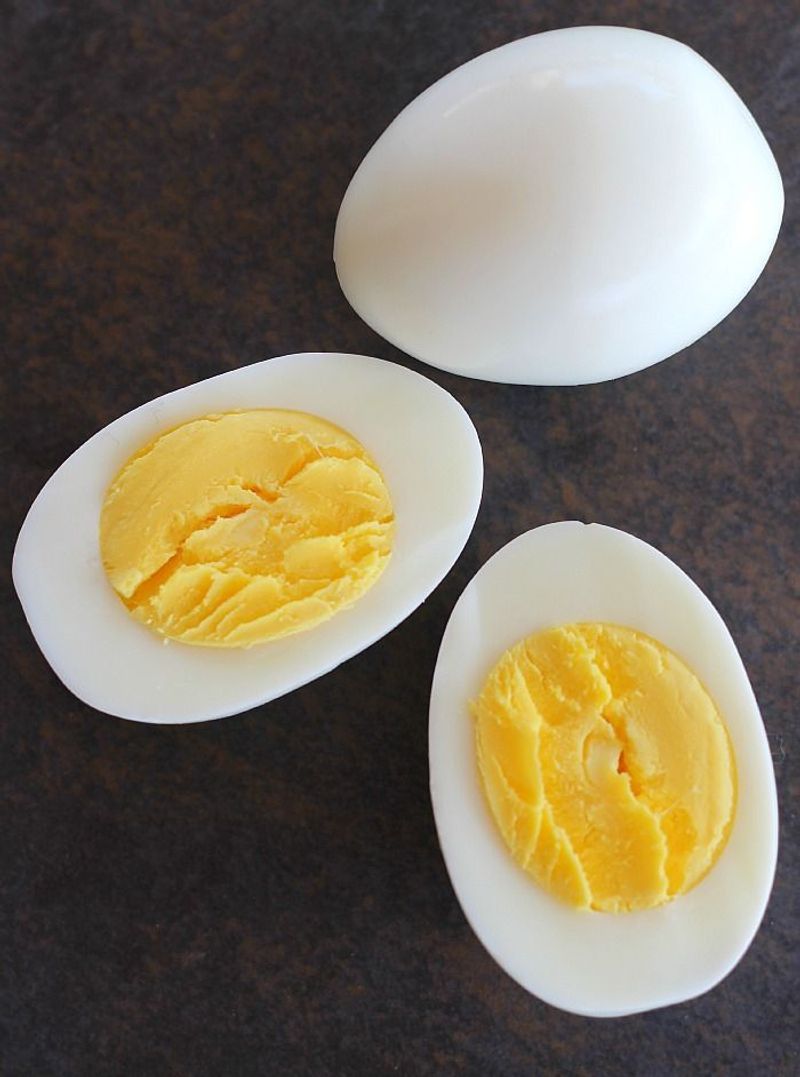
Eggs are a breakfast staple, yet they turn cranky when reheated. Reheated scrambled or boiled eggs can develop a rubbery texture and a strong sulfurous smell.
These changes make the once-delicious dish far less appealing. Refrigeration only partly preserves their integrity, but it’s never the same.
To enjoy eggs at their best, whip them fresh each time. If you must store them, do so in an airtight container and consume within a day. Eggs may be versatile, but they demand respect in the kitchen.
Fish

Fish, whether grilled, baked, or fried, loses its delicate texture and flavor when reheated. The process often results in a dried-out, chewy piece of what was once a beautiful fillet.
Moreover, reheating fish can amplify its odor, making it less appealing both in taste and aroma.
To savor fish at its peak, consume it fresh. If there’s a need to store, refrigerate for no more than a day, and enjoy it cold. A fresh fish dish is always a catch of the day.
Mushrooms
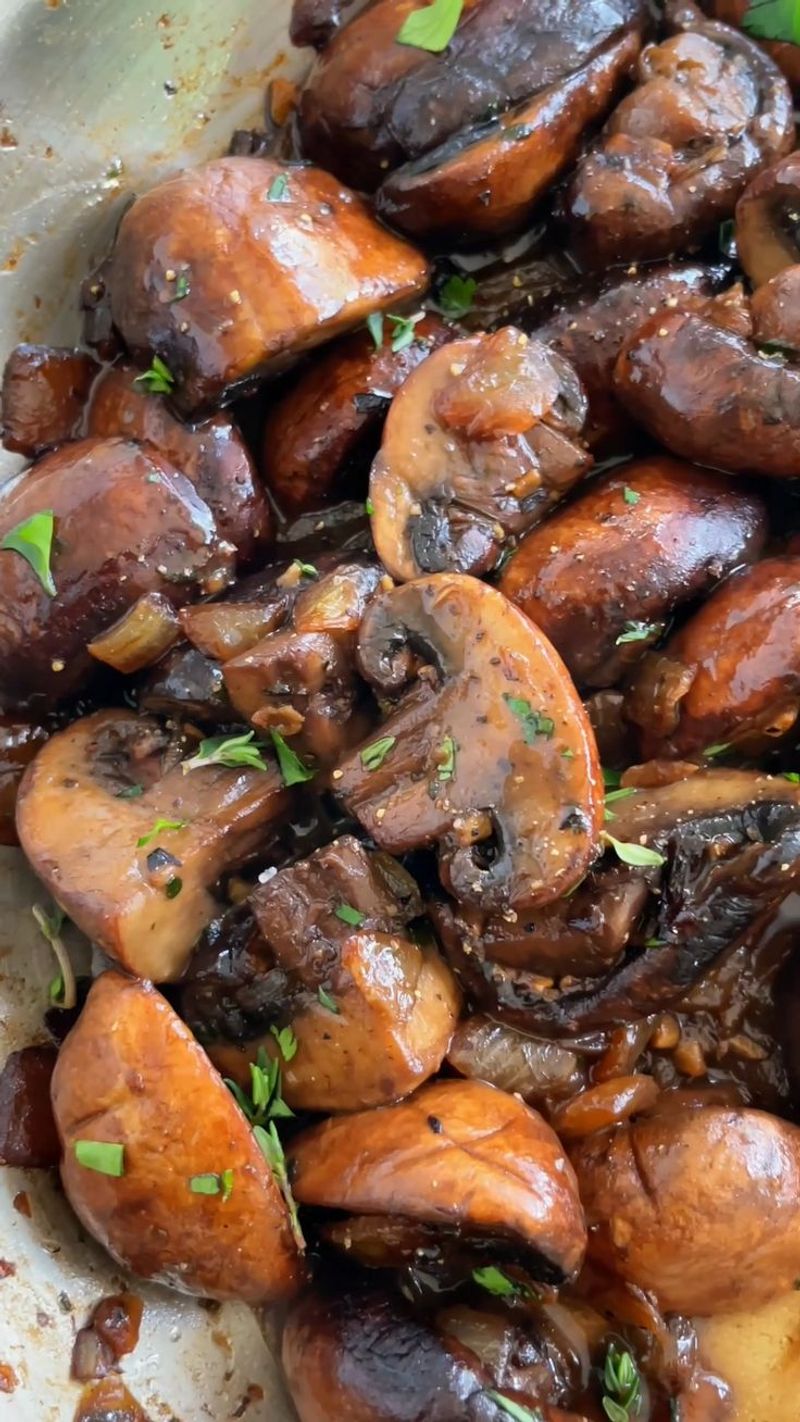
Mushrooms, with their rich earthy flavors, can become troublesome when reheated. They contain proteins that, when reheated, can break down and become toxic.
Reheating them can also alter their flavor, leaving a rubbery texture. It’s the culinary equivalent of turning gold into lead.
Consume mushrooms immediately or store them cool, using them in a salad or cold dish. They deserve to be celebrated fresh.
Spinach
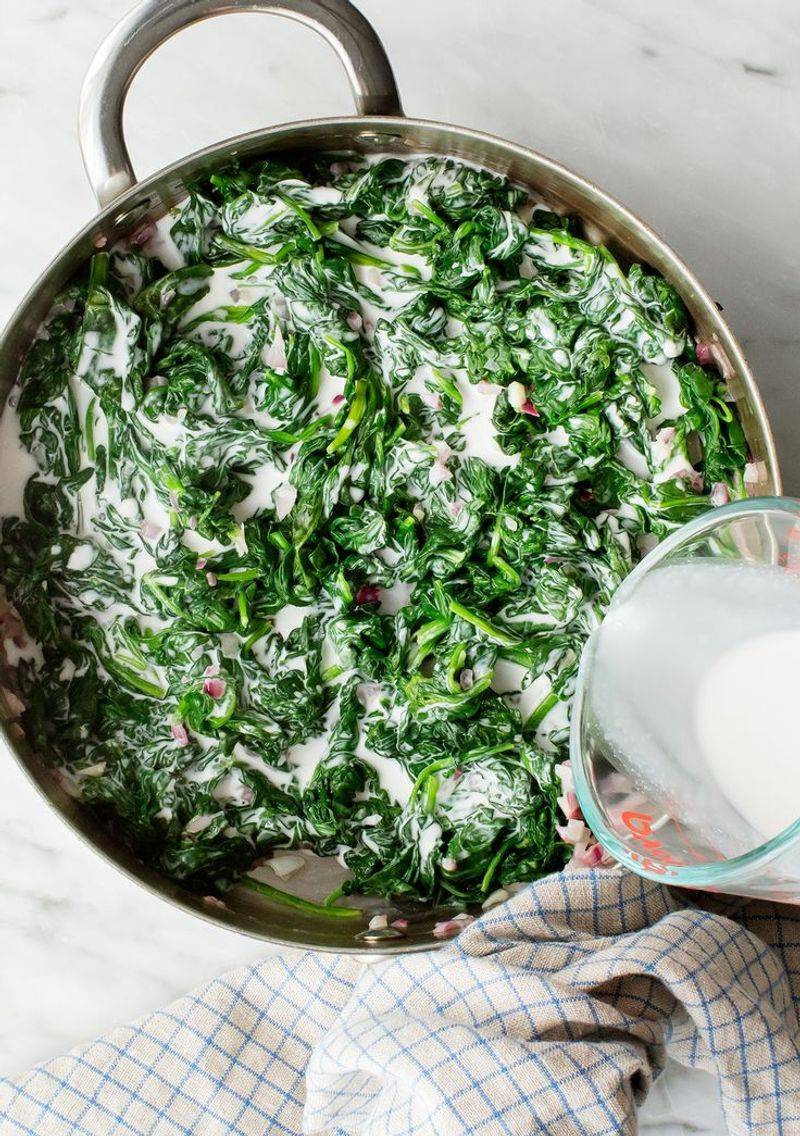
Spinach, the leafy green loved by health enthusiasts, becomes problematic when reheated. It contains nitrates that can convert into harmful nitrites and nitrosamines.
These compounds are of particular concern in young children. Reheating spinach can also lead to a loss of its vibrant color and taste.
Enjoy spinach fresh in salads or quickly sauteed. If storing is necessary, keep it cold and eat it raw. Spinach, like a fine wine, should be enjoyed in its prime state.
Shellfish
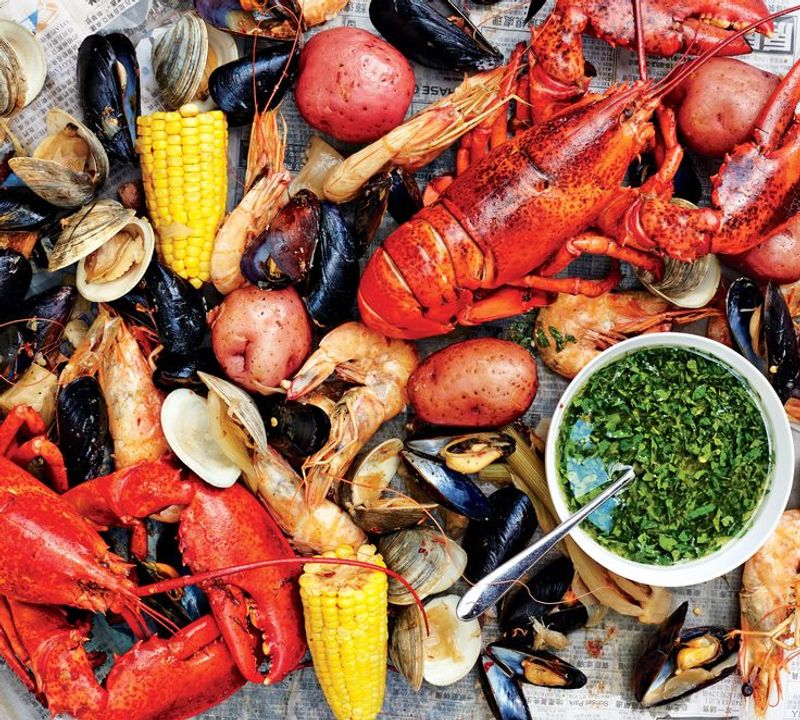
Shellfish lovers, proceed with caution! Reheating these ocean delights can lead to disastrous texture changes, turning tender morsels into rubbery bites.
Bacteria thrive in improperly stored shellfish, adding potential health risks to the mix.
For the freshest experience, savor shellfish immediately after cooking. If refrigerated, consume within a day or two. A fresh catch is always worth the short-lived enjoyment.
Pizza
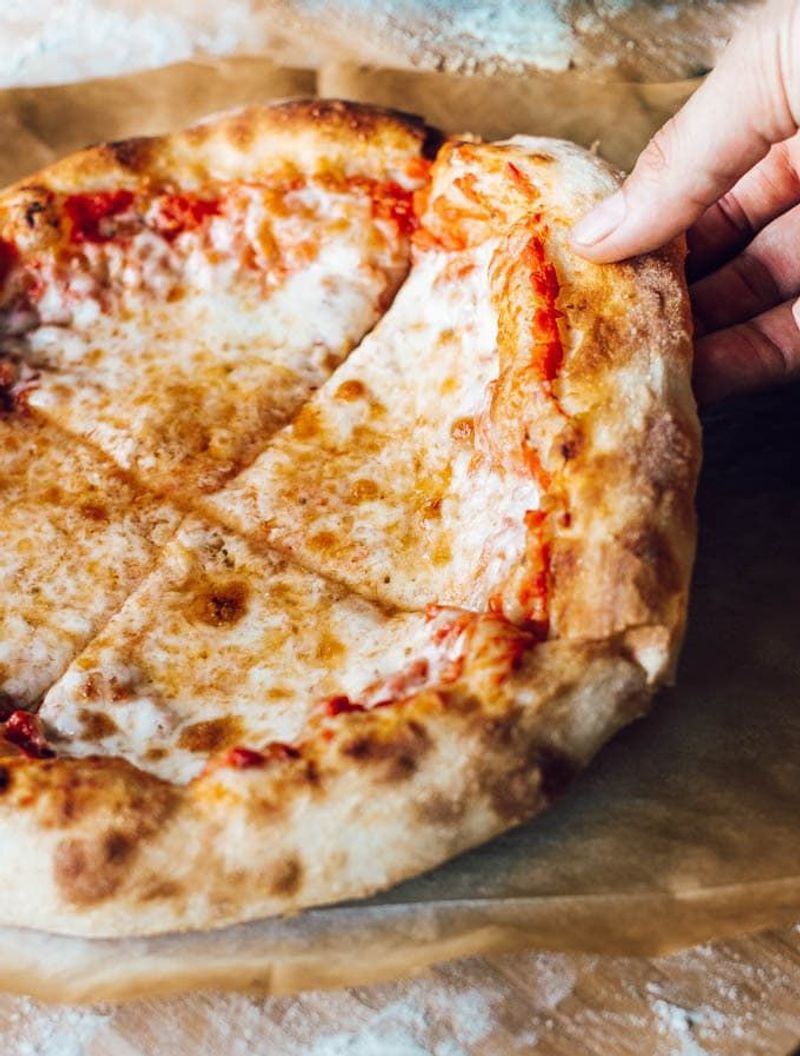
Pizza, the universal leftover, often gets the microwave treatment, much to its detriment. The process leaves the crust soggy, the cheese hard, and the toppings unappealing.
Though convenient, microwaving pizza sacrifices flavor for speed.
For a better experience, reheat pizza in an oven or skillet to bring back its crispy glory. Or enjoy it cold, relishing the unique texture of a chilled slice. A pizza’s charm lies in its freshly baked state.
Fried Foods

Fried delights, from chicken to tempura, lose their crispy goodness when reheated. Moisture from refrigeration seeps into the coating, turning it soggy.
The reheating process often fails to revive the original crunch, leaving a disappointing result.
For the best experience, enjoy fried foods fresh. If reheating is a must, use a hot oven to reclaim some crispness. But truth be told, nothing beats the fresh-out-of-the-fryer taste.
Noodles
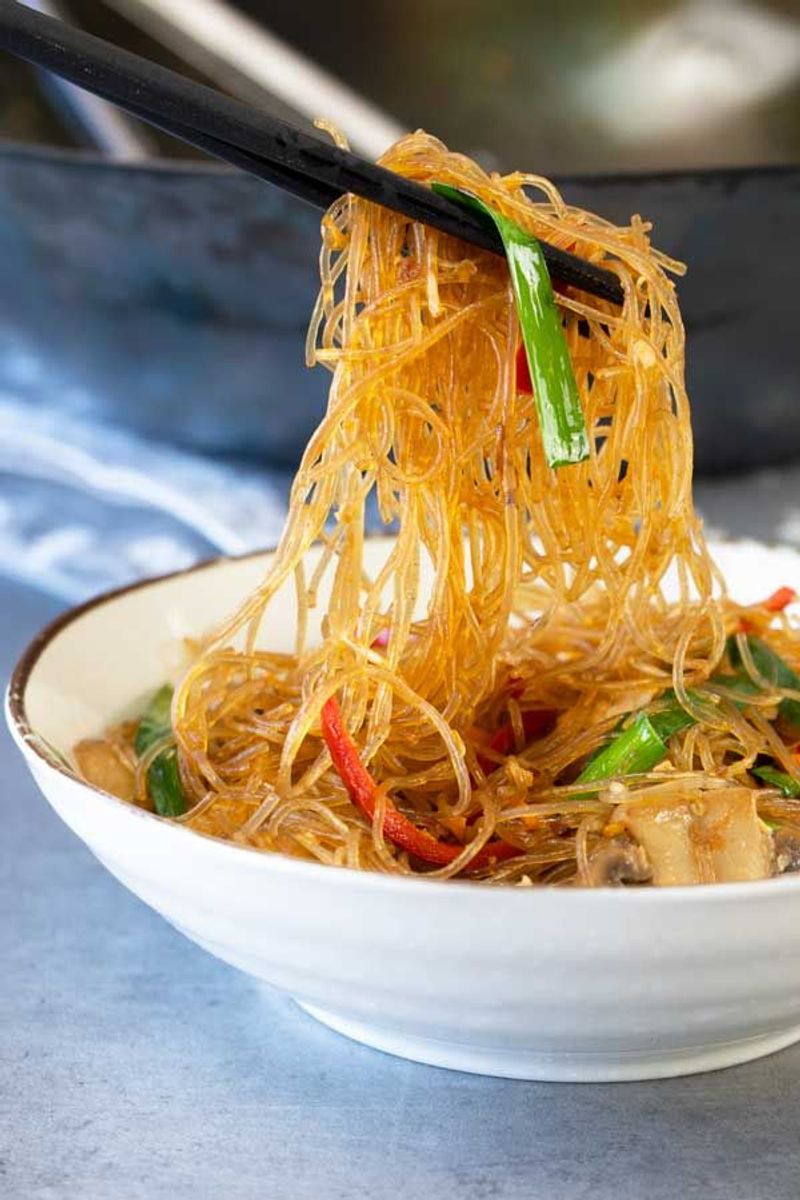
Noodles, like their pasta cousins, don’t fare well with reheating. The process often leads to a mushy consistency, stripping away the dish’s original appeal.
They absorb sauces and lose their delicate balance of flavors. Refrigeration also contributes to this textural decline.
Prepare only what you need, and if leftovers exist, transform them into a cold dish. Noodles deserve to be savored in their freshly cooked elegance.
Dairy-based Sauces
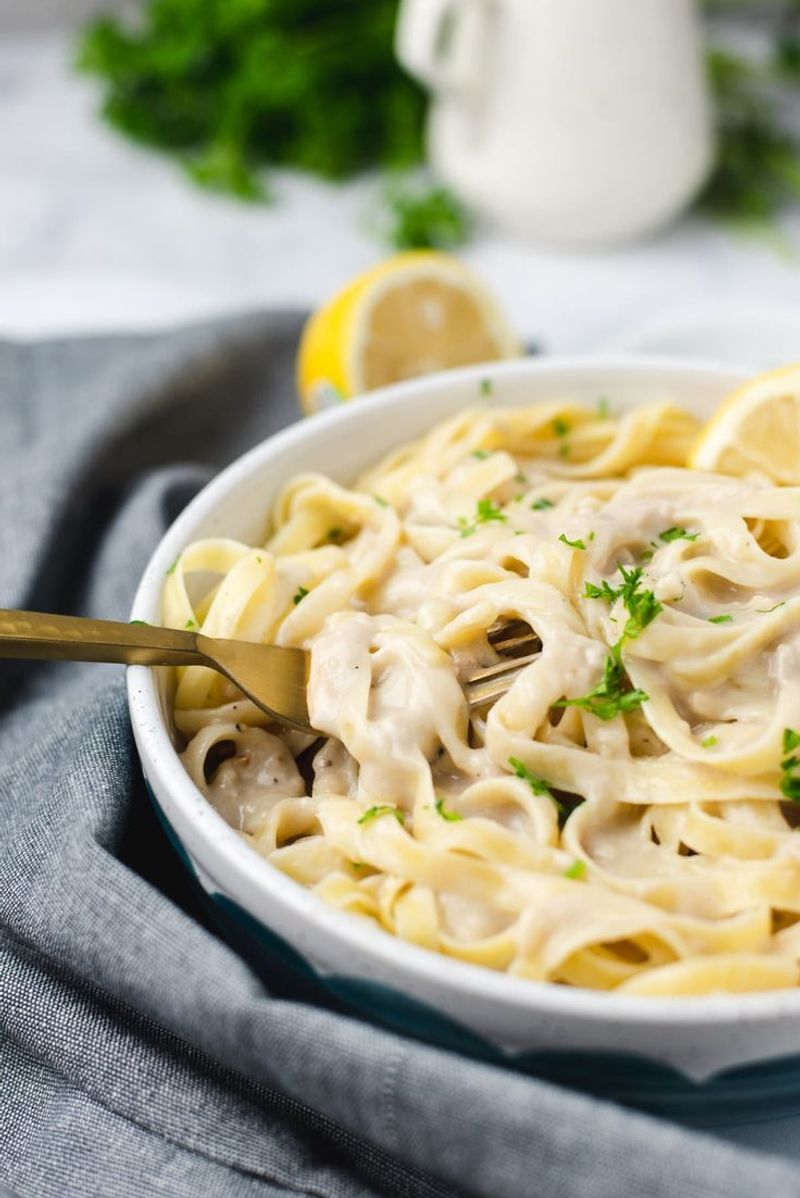
Dairy-based sauces, like Alfredo or cheese sauce, become temperamental when reheated. The heat causes them to separate, leaving a greasy, unappetizing mess.
The once silky texture becomes a distant memory, replaced by lumps and oil slicks.
For a better experience, make only what you’ll use. If leftovers are unavoidable, gently reheat slowly over low heat, stirring constantly. But remember, these sauces shine brightest when freshly made.
Coffee

Coffee, the beloved morning ritual, loses its charm when reheated. The process amplifies its bitterness, turning a smooth brew into an acrid sip.
The delightful aroma disappears, replaced by a burnt odor. Refrigeration doesn’t save the flavor, only prolongs the inevitable decline.
Brew fresh coffee for the best experience, savoring its full-bodied profile. If you must reheat, consider using a stovetop instead of a microwave. Coffee’s magic is best enjoyed fresh and hot.

Comments
Loading…